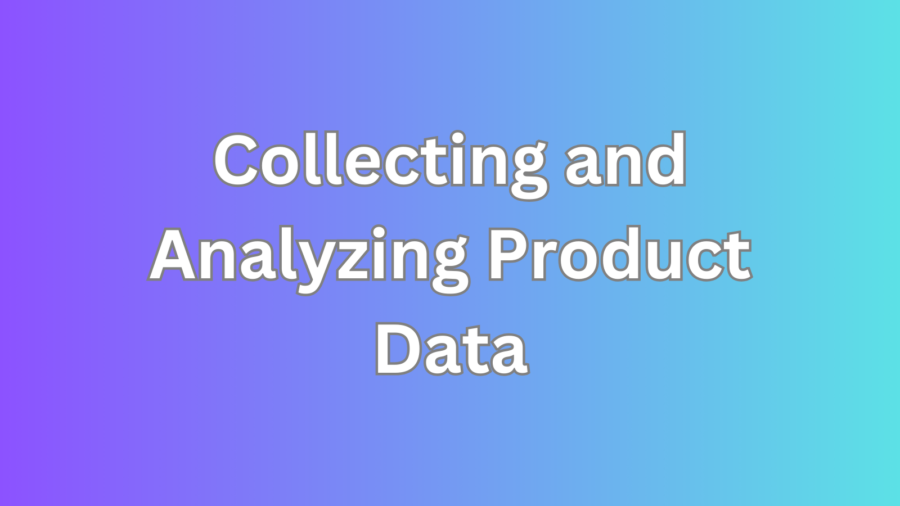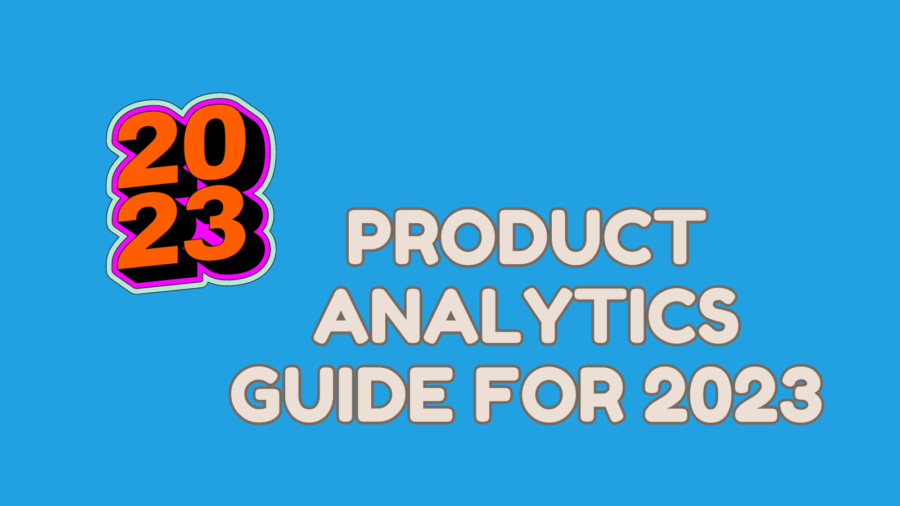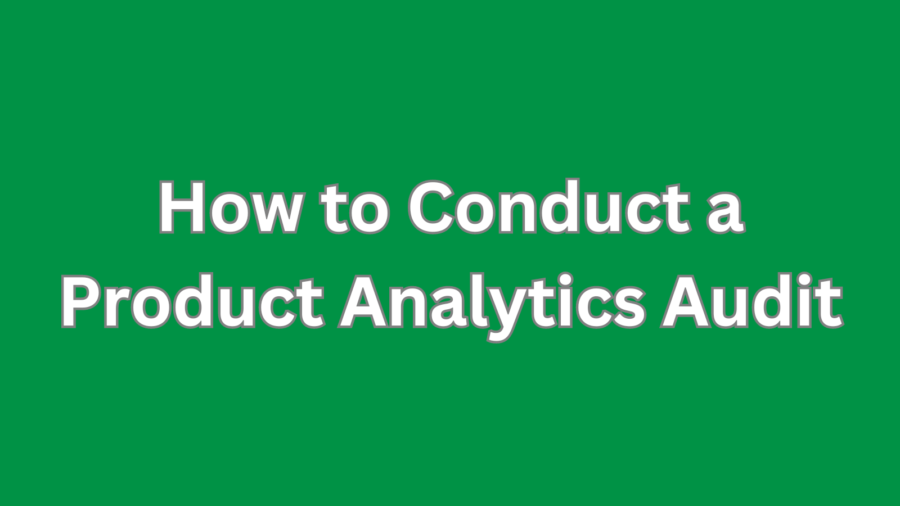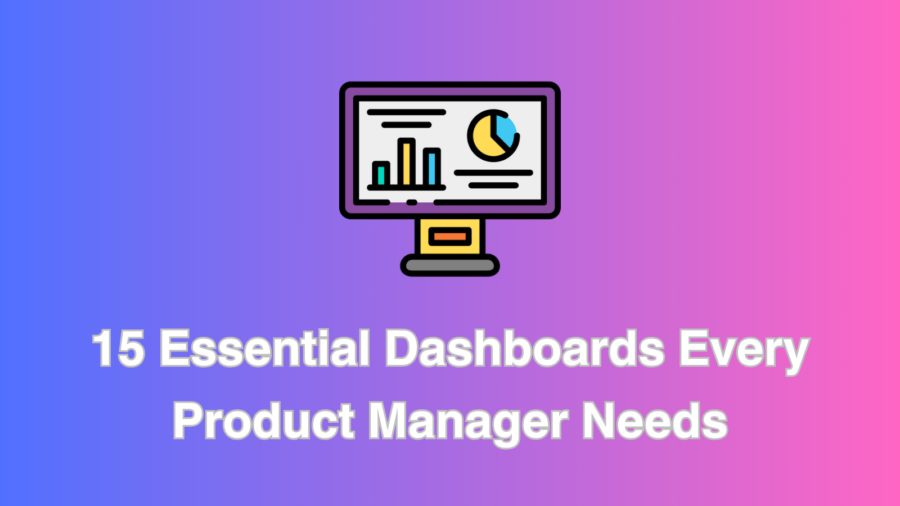Data has become the cornerstone of strategic decision-making for businesses. Collecting and analyzing product data is key to unlocking valuable insights that can drive product innovation, enhance customer experiences, and boost overall business performance. This guide will walk you through the essential steps for effectively collecting and analyzing product data to make informed, data-driven decisions.
- Identifying Data Sources
The first step in collecting product data is identifying the relevant data sources. These can include user interactions, customer feedback, sales figures, website traffic, and social media engagement. By understanding where the data comes from, businesses can ensure a comprehensive and holistic approach to data collection.
- Implementing Robust Data Collection Methods
Implementing robust data collection methods is crucial for ensuring the accuracy and reliability of the collected data. This involves utilizing a combination of tools such as web analytics, CRM systems, surveys, and feedback forms, among others, to gather diverse and comprehensive data sets that provide a 360-degree view of user interactions and preferences.
- Structuring Data for Analysis
Organizing and structuring the collected data in a coherent and accessible manner is essential for efficient analysis. This can involve categorizing data into relevant segments, creating databases, and utilizing data management systems to ensure data is easily retrievable and ready for analysis.
- Utilizing Data Analytics Tools
Employing advanced data analytics tools such as Tableau, Power BI, and Google Data Studio can simplify the process of analyzing complex data sets. These tools enable businesses to conduct in-depth analysis, visualize trends, and identify patterns and correlations that might not appear at first glance, thereby providing valuable insights for informed decision-making.
- Applying Descriptive and Predictive Analytics
Applying both descriptive and predictive analytics methodologies is crucial for gaining a comprehensive understanding of product data. Descriptive analytics helps businesses understand historical data trends, while predictive analytics allows them to forecast future trends, enabling proactive decision-making and strategic planning.
- Conducting Cohort Analysis
Cohort analysis is a powerful method for understanding how different groups of users interact with a product over time. Businesses can identify trends, preferences, and pain points that can inform targeted product improvements and marketing strategies by segmenting users into specific cohorts based on common characteristics or behaviors.
- Implementing A/B Testing
A/B testing is an effective technique for comparing two versions of a product or feature to determine which one yields better results. By conducting A/B tests on various elements such as website layouts, product features, or marketing campaigns, businesses can make data-driven decisions that optimize user experiences and drive better overall performance.
- Integrating User Feedback
Integrating direct user feedback through surveys, reviews, and customer support interactions is critical for complementing quantitative data with qualitative insights. Understanding user sentiments, preferences, and pain points provides a more holistic view of user experiences, helping businesses tailor their offerings to meet customer needs better.
- Identifying Key Performance Indicators (KPIs)
Identifying and monitoring key performance indicators (KPIs) is essential for tracking the success of product-related initiatives. Whether it’s user engagement metrics, conversion rates, or customer satisfaction scores, establishing clear KPIs helps businesses measure progress and make data-driven adjustments to optimize their product offerings.
- Iterating and Refining Based on Insights
Continuous iteration and refinement based on data-driven insights are crucial for ensuring product offerings remain relevant and competitive. By consistently analyzing product data and incorporating the resulting insights into the product development process, businesses can adapt to changing market dynamics and customer preferences, fostering long-term success and growth.
Effectively collecting and analyzing product data play a pivotal role in guiding businesses toward innovation, customer satisfaction, and sustainable growth. By leveraging advanced data collection methods, robust analytics tools, and a comprehensive understanding of user behavior, businesses can enhance their product offerings and foster stronger, more meaningful connections with their customers. Embracing a data-driven approach isn’t just about collecting numbers; it’s about unraveling insights that pave the way for informed, strategic decisions and long-term success in an increasingly competitive business landscape.





